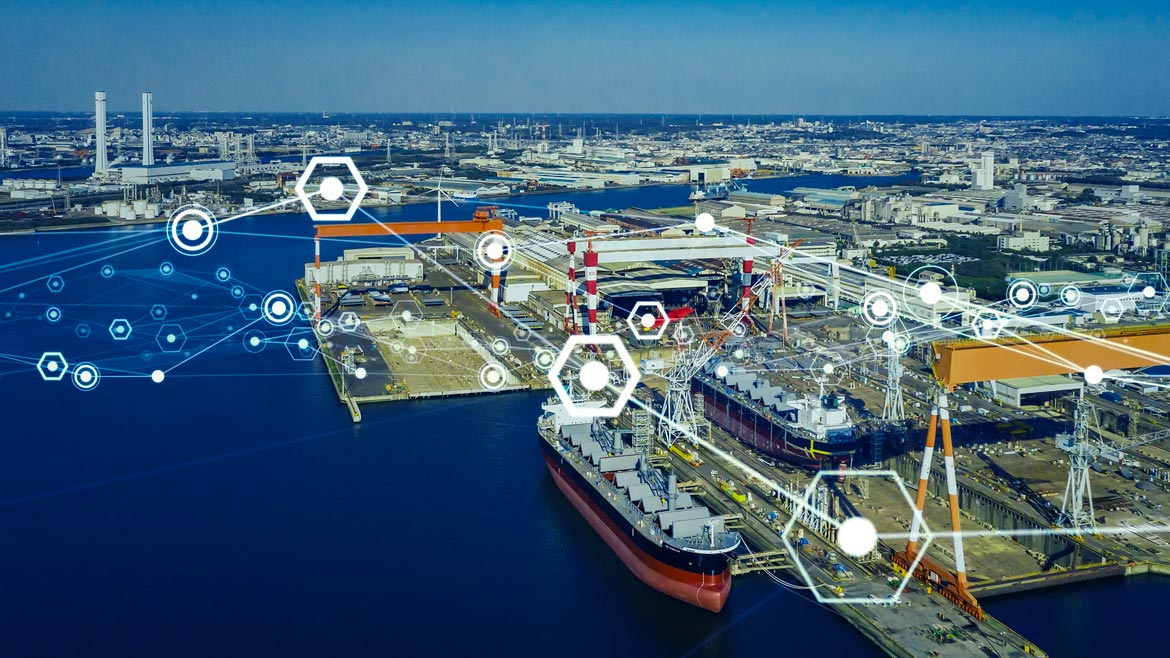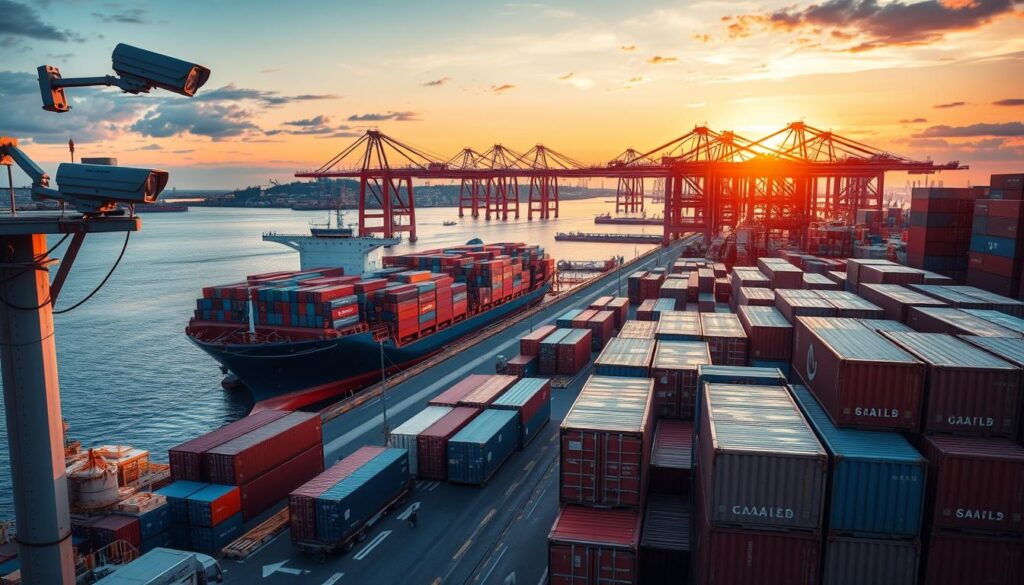

Container theft and cargo tampering pose a significant risk at busy terminals. Modern security patrol systems integrate GPS tracking patrols, real-time checkpoint verification, and digital incident reporting to ensure that every container yard and gate is regularly patrolled. Security personnel with mobile devices scan RFID tags or QR code checkpoints (such as quay cranes, refrigerated container areas, and truck access points) to verify their presence and record any anomalies. The Container Terminal Patrol System deters opportunistic theft and provides an actionable audit trail for each shift, allowing port operators to pinpoint gaps and adjust security posture accordingly.

Ports around the world are subject to strict security regulations, such as the International Ship and Port Facility Security (ISPS) Code, which requires ports to have the ability to record patrol activities and incident response. Implementing a security patrol system can streamline compliance by automating patrol logs, alarm acknowledgement, and emergency drills. The security patrol system's centralized dashboard generates time-stamped perimeter checks, restricted area access attempts, and security breach reports, demonstrating due diligence to port authorities and insurance companies. The port patrol system reduces administrative burdens and improves the port's security level, facilitating smoother ship clearance and international trade flows.
Rapid response to incidents such as oil spills, fires, or unauthorized vessel entry is critical to minimizing damage and downtime in a fast-paced port environment. In addition, dedicated security guard patrol systems can also track security personnel's locations in real time, provide alarm functions, and offer two-way communication capabilities through secure mobile applications. When an alarm is triggered at a critical checkpoint, the nearest security personnel will immediately alert the control center and receive turn-by-turn navigation to the incident scene. At the same time, the port security patrol system can also speed up roll call verification, coordination with fire and environmental response teams, and post-incident reporting, ensuring efficient control and rapid resumption of normal operations.
Manual logs are prone to errors, illegibility, and tampering, and these defects will expose ports to legal liability in the event of a security breach. Modern security patrol systems replace paper records with encrypted digital records, which can capture security personnel check-in records, CCTV synchronization records, and forensic-level event images. Whether the system detects a suspicious vehicle in the container yard or unauthorized drone activity over the port, it geotags and time-stamps the event, creating an unalterable audit trail. This automated patrol filing system prevents internal misconduct, provides solid evidence for investigations, reduces potential litigation costs, and enhances stakeholders' trust in port security governance.

Budget-conscious port operators must strike a balance between security and cost-effectiveness. Security patrol systems provide detailed analysis of patrol coverage, idle time, and incident frequency, enabling data-driven scheduling and dynamic resource allocation. For example, heat maps can reveal under-patrolled waterfront corridors during the night shift, prompting managers to reassign patrols or install supplemental sensors. Meanwhile, integration with access control systems and CIS further automates routine inspections, allowing security guards to focus on high-risk areas. This port-wide patrol optimization system can reduce overtime costs, improve security efficiency, and ensure that critical areas always receive appropriate attention.
When security guard patrol systems are connected to IoT devices, their functionality grows exponentially. As security guards patrol, the system associates real-time sensor alerts with patrol checkpoints, allowing immediate action on unattended alerts. The system can send real-time video footage to security guards' mobile devices for visual confirmation before the situation escalates. By combining patrol data with sensor inputs and command center visualization, integrated port security patrol systems establish a multi-layered defense system, reduce false alarms, and maximize port authorities' security return on investment (ROI).
Ports worldwide face complex security challenges, from cargo theft and regulatory compliance to emergency response and resource optimization. Invest in advanced security patrol systems that provide comprehensive maritime and terminal environment solutions, integrating real-time tracking, automatic reporting, and IoT collaboration. By adopting these advanced systems, port operators can ensure strong perimeter defense, regulatory compliance, rapid incident management, and data-driven performance improvement.